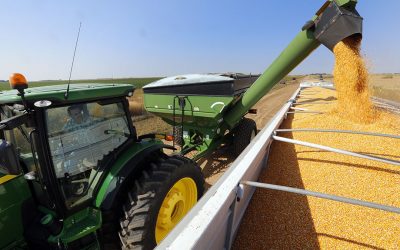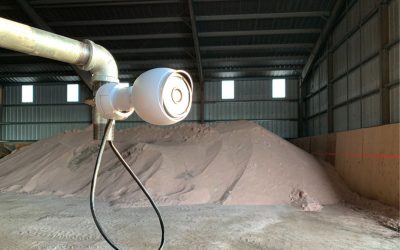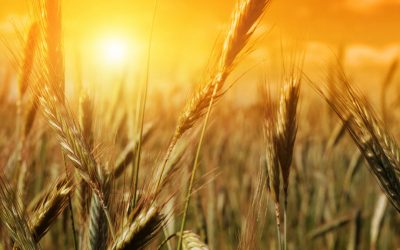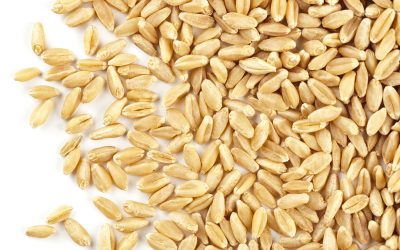Wet sorghum distiller’s grains for cattle
Wet sorghum distiller’s grains can be fed in a steam-flaked corn ration without affecting efficiencies, according to new research.
The two four-month cattle finishing experiments with yearling heifers were
conducted to gain more information on the feeding value of wet sorghum
distiller’s grains plus solubles. “We wanted to determine what the trade-off is
when you substitute wet distiller’s grains for some of the steam-flaked corn and
cottonseed meal,” according to Dr. Mike Brown, a Texas Agricultural Experiment
Station ruminant nutritionist. “Also, there hadn’t been any studies previously
to assess the value of the fat within the distiller’s grains.”
The 400
cattle in the trial were given a steam-flaked corn diet with no wet distiller’s
grains, or a diet with 15% of the ration dry matter as wet sorghum distiller’s
grains. The distiller’s grains replaced a combination of 35% cottonseed meal and
65% steam-flaked corn. Yellow grease was added to the steam-flaked corn diets as
a fat source because the distiller’s grains have a higher fat content than the
original grain The energy-dense fat helps tie the ration together, making it
less dusty.
Results
Within the study, heifers receiving the
wet distiller’s grains and solubles ate about 5% more and gained about 5% more,
so the feed efficiency was the same in comparison to those that did not receive
it, Brown said. “We found you will have to have 1.5% added fat with the
distiller’s grains to achieve the feed efficiency similar to a steam-flaked corn
diet with 3% fat added,” he said.
The net energy value for gain of the
distiller’s grain based on animal performance was 80% of that used for
steam-flaking corn, Brown said. Those numbers determine what the exchange is, or
what the nutritive values are for competing ingredients.
In addition, the
distiller’s grains rations were wetter and more dense than those without
distiller’s grains. The data suggests a feedlot would need to deliver 10% more
feed if feed trucks are filled to the same volume or 23% more if feed trucks are
filled to the same total weight.
Follow up
The researchers
also are looking at potential effects on ammonia emissions and other
environmental and animal health concerns. “We certainly didn’t see any adverse
consequences at the feeding rate of distiller’s that we used,” Brown said, but
added the environmental data is still being analyzed.
Related
link:
Dossier AllAbout Bio Energy
To subscribe to the free
AllAboutFeed newsletter click here.
Join 26,000+ subscribers
Subscribe to our newsletter to stay updated about all the need-to-know content in the feed sector, three times a week. Beheer
Beheer









 WP Admin
WP Admin  Bewerk bericht
Bewerk bericht